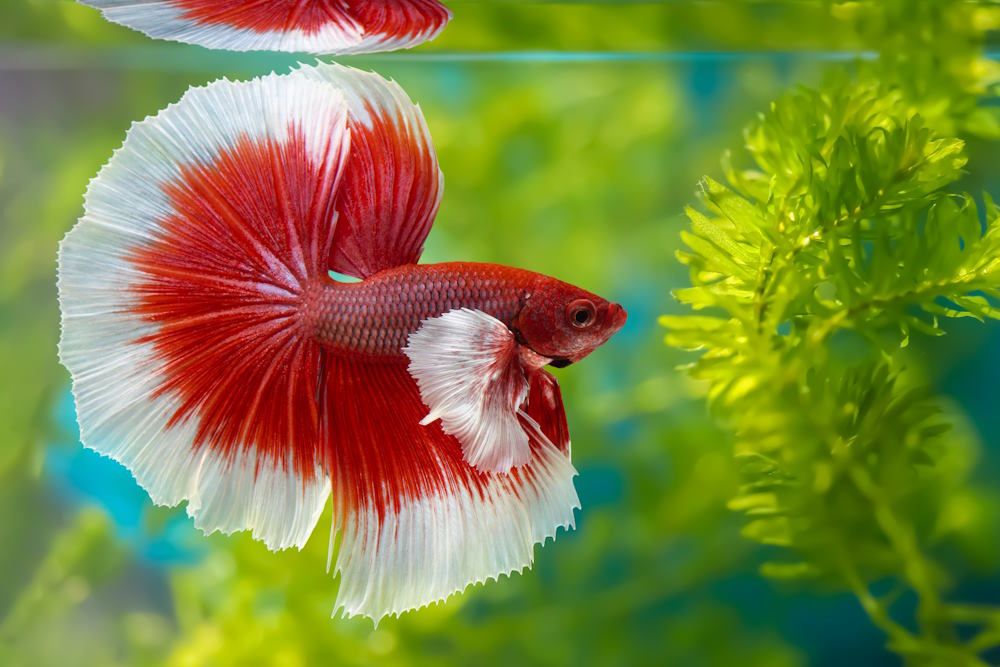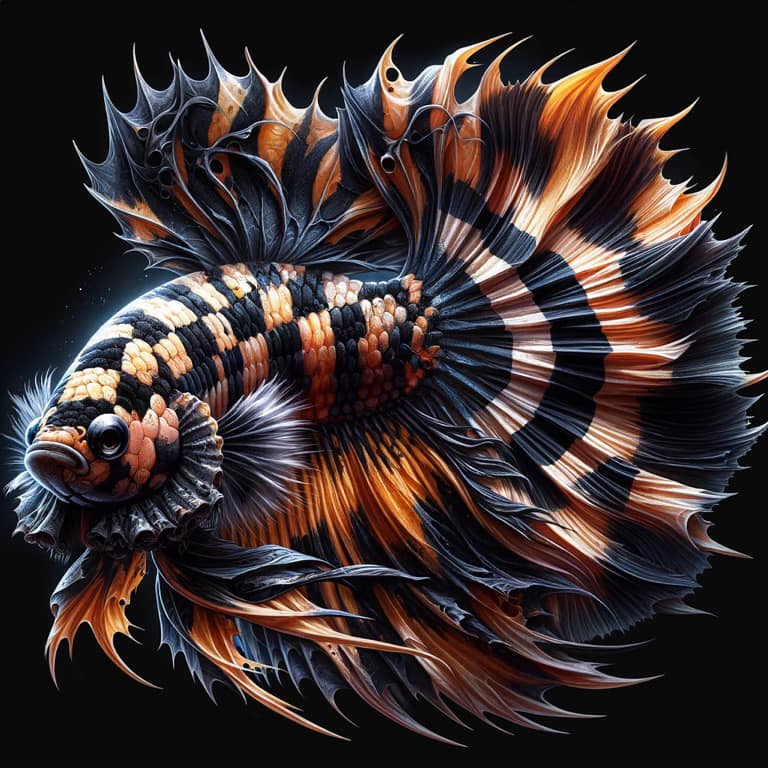Exactly How to Present Betta Fish to an Area Tank Safely
Exactly How to Present Betta Fish to an Area Tank Safely
Blog Article
Just How to Breed Betta Fish Effectively: Professional Strategies and Insights for Hobbyists Aiming To Broaden Their Betta Collection
Reproducing Betta fish requires a nuanced understanding of genetics and ecological conditions, making it important for hobbyists to come close to the procedure with both diligence and care. Producing an optimal breeding atmosphere, choosing the ideal pairs, and observing the details of their courtship behaviors are fundamental actions that can considerably influence the result. Furthermore, the subsequent treatment of the fry is critical for ensuring their healthy development. As we explore these key elements, it ends up being clear that effective breeding is not practically the initial pairing but encompasses a broader technique that advantages cautious factor to consider.
Recognizing Betta Fish Genetics
Comprehending the genes of Betta fish is critical for effective reproduction, as it influences characteristics such as color, fin form, and habits. Betta fish show a varied array of colors and patterns, mostly identified by their hereditary make-up.
In enhancement to pigmentation, fin morphology is an additional substantial aspect of Betta genetics (betta fish). The shape and dimension of fins are influenced by different genes, including those that determine whether the fins are short, long, or veil-shaped. Understanding these hereditary variants assists dog breeders anticipate the phenotypic end results of their children
Additionally, behavioral attributes such as aggression and territoriality can likewise be affected by genetics. These behaviors play an important duty in the breeding process, as they can influence generating success and the general character of the resulting fry. By thoroughly comprehending these hereditary concepts, dog breeders can make enlightened decisions, inevitably enhancing their reproduction programs and achieving preferable results.
Preparing the Breeding Atmosphere
Producing an ideal reproduction setting is essential for the successful reproduction of Betta fish. The initial step in preparing this environment is to choose a suitable reproduction tank, ideally ranging from 5 to 10 gallons.
Next, take into consideration using a sponge filter or an air rock to supply mild water circulation without developing strong currents that can stress the fish. It is essential to install plants or reproducing cones to use concealing areas and advertise convenience for the female throughout the spawning procedure. Drifting plants, such as Java moss or water sprite, can also create a more native environment while facilitating bubble nest building by the male.
Before introducing the reproducing pairs, make certain the water is conditioned and without unsafe chemicals, such as chlorine or hefty steels. betta fish. Normal water adjustments should be performed to preserve optimal water high quality, improving the chances of effective breeding. With these prep work in position, the breeding environment will certainly sustain the wellness and well-being of both Betta fish
Choosing Breeding Pairs
Selecting the ideal reproduction sets is vital for accomplishing successful Betta fish reproduction. When picking your breeding sets, think about a number of key elements including wellness, personality, and genetics. Healthy Betta fish exhibit my response vibrant colors, clear eyes, and active actions. Choosing fish that are without disease makes certain a far better opportunity of producing practical offspring.
Temperament is another crucial factor to consider, as Betta fish are recognized for their hostile nature. It is suggested to choose a man and woman that exhibit suitable temperaments to minimize stress throughout the breeding process. A tranquil man can motivate a smoother courtship, while a woman that is also hostile might disrupt the process.
Genetic history likewise plays a substantial function in the high quality of the offspring. Reproducing fish that are genetically varied can reduce the risk of hereditary wellness issues and enhance the general vitality of the fry. It is valuable to research the family tree of both the man and woman, concentrating on desirable traits such as fin type, color scheme, and size.
The Breeding Refine
The reproduction process of Betta fish needs cautious planning and interest to detail to make sure a successful outcome. At first, it is vital to prepare an appropriate breeding storage tank, ideally a 5-10 gallon fish tank with a temperature level preserved at 78-80 ° F. The tank ought to be geared up with a heating unit, filter (ideally sponge type to prevent strong currents), and a lot of marine plants for the woman to hide.
As soon as the atmosphere is established, introduce the picked breeding set to the storage tank, enabling them to adapt. Observe their behavior; the male will display intricate courtship rituals, consisting of flaring his fins and constructing a bubble nest. If the woman reveals rate of interest, she will present vertical red stripes showing readiness for spawning.
When the female is receptive, the set will certainly participate in a mating embrace, throughout which the male feeds the eggs. It is vital to monitor their interactions very closely, as the man might become aggressive. After generating, remove the lady to avoid prospective injury. The male will tend to the eggs, which commonly hatch out within 24-36 hours. Keeping optimal water conditions throughout reference this duration is essential for the development of healthy and balanced Betta fry.
Caring for Betta Fry

Feeding Betta fry is important, as they call for a diet plan high in protein. They can be fed infusoria or liquid fry food, transitioning to carefully smashed high-quality pellets as they grow. Feed little sections several times a day to motivate healthy and balanced development without overwhelming the tank with leftover food.

As they grow, check their growth carefully and separate any kind of aggressive people to stop harm. By providing a nurturing environment and proper nutrition, enthusiasts can successfully increase Betta fry into dynamic, healthy fish, eventually boosting their reproduction undertakings.
Verdict
Effective Betta fish reproduction needs meticulous interest to hereditary selection, environmental conditions, and take care of the fry. By recognizing the genetics of Betta fish and preparing a proper breeding environment, hobbyists can improve the opportunities of creating vibrant, healthy spawn. Selecting suitable breeding sets and very closely keeping track of the courtship and generating procedures are essential. Giving optimal treatment for the fry ensures their healthy growth, adding to a successful Betta collection.
Report this page